The Northdale neighbourhood – the area bordered by Columbia Street West, King Street North, University Avenue West and Phillip Street — is a section of Waterloo with a mostly student population. It may be one of the only neighbourhoods where 19 and 20-year-olds line the streets almost constantly.
Hazel Street, placed right in the middle of Northdale, is often considered to be the main housing ground for university students. Whether you’re from Wilfrid Laurier University, the University of Waterloo, or Conestoga College, Northdale is covered with houses and apartments filled with newly minted “adults” who find solace and excitement in living towns, cities, or even provinces away from their home towns.
On the corner of Hazel and Beech Street, students often cut across Veterans Green Park, a space filled with memorials. The park is dedicated to retelling the history of the beginning of the North End, and while many may walk by the park, others stop and relish in the information that lies within the middle of the giant poppy.
Many students may not realize that their houses are part of Canada’s post-World War II history. The city’s population saw a massive influx of families after the Second World War. A mix of a robust industrial base combined with the development of new family homes made Waterloo an enticing area for new families and veterans returning from the war.
In 1946, the Town of Waterloo and Housing Enterprises Canada Ltd. announced one of the province’s first housing projects for returning WWII veterans. 50 terrace units were built for rent as part of the Hillcrest Development between Dearborn Street (University Avenue) and Hill Street (Hickory Street).
Families began to purchase houses in the area and soon enough, a community was established along Hazel Street, Beech Street, Fir Street, and Hickory Street. Since the 1960’s, and in current day, children were seen attending school at Northdale, MacGregor, St. Michael, St. David and Waterloo Collegiate Institute, and block parties were a common ritual among the neighbouring families, celebrating the new dream of suburban life in Southern Ontario.
Throughout the 1980’s and 90’s, Laurier and UW established themselves as a growing presence among Ontario post-secondary institutions, and with them, grew the new Northdale. Over the years, more and more students began to rent out houses on Hazel and Hickory, and more landlords took over the area to build condominiums and student residences.
Since the 1990’s, permanent residents of the neighbourhood have declined in numbers, and landlords and students are quickly turning the area’s historical low-rise houses into student rental units or detached homes. More homes have been torn down and condominiums rising in their place in a matter of months.
In 2014, The Record reported that 73 single family houses in Waterloo were demolished to make room for 18 new construction projects with approximately 1,028 units. 18 of the projects included seven single-family homes, 10 apartments and condominiums and a terrace.
With the influx of student condos has come concerns among Northdale residents and stakeholders to develop a clear idea of what the neighbourhood is as the area quickly evolves into a student hub. The Northdale Land Use and Community Improvement Plan was introduced in 2011. The plan established a new vision for the majority student neighbourhood into a multi-use area. The city reported that the demolitions of these homes were part of their plan to “intensify the city.”
“By 2029, Northdale [will be] revitalized and re-urbanized into a diverse, vibrant and sustainable neighbourhood, integrated with educational, residential, commercial, cultural, heritage and recreational functions and improved open space, pedestrian, cycling and transit networks,” is the goal defined in the plan’s final report, released in 2012.
In 2015, the city introduced the Northdale streetscape design and reconstruction master plan, which aims to establish new design strategies for the area’s public spaces and streets, which includes more on-street parking and pedestrian and cycling facilities.
The first stage of the master plan includes the reconstructing of Spruce Street (from Columbia Street to Hickory Street) and Hickory Street (from Spruce Street to King Street). The anticipated construction time period is six months. For now, pedestrians walk along the discarded sidewalks, ignoring the broken concrete tiles and jumping over the soggy mud hills that line their paths.
In the early mornings on Hemlock Street, nearby students are woken up by the loud sounds of drilling and hammering of construction down the street, beside the ever present St. Michael’s Catholic Church.
Late nights in Northdale consist of students (mostly) roaming the streets, buzzing with excitement of the night whilst conversations about late-night food choices and after-parties fill the streets with a sense of community.
With new condominiums and houses introduces new, independent businesses to the area. The ever popular Bao Sandwich Bar, which opened just over a year ago, becomes filled with residents and hungry students everyday for lunch. The newly opened Wacky Tabacky headshop, and the Watchtower nerd-themed restaurant showcase the ever evolving student community.
Northdale is easily written off as a student neighbourhood with it’s ever-changing skyline of luxury student condos and rundown detached rental homes. But its rich history and growing community make it a staple of KW, not to be ignored.


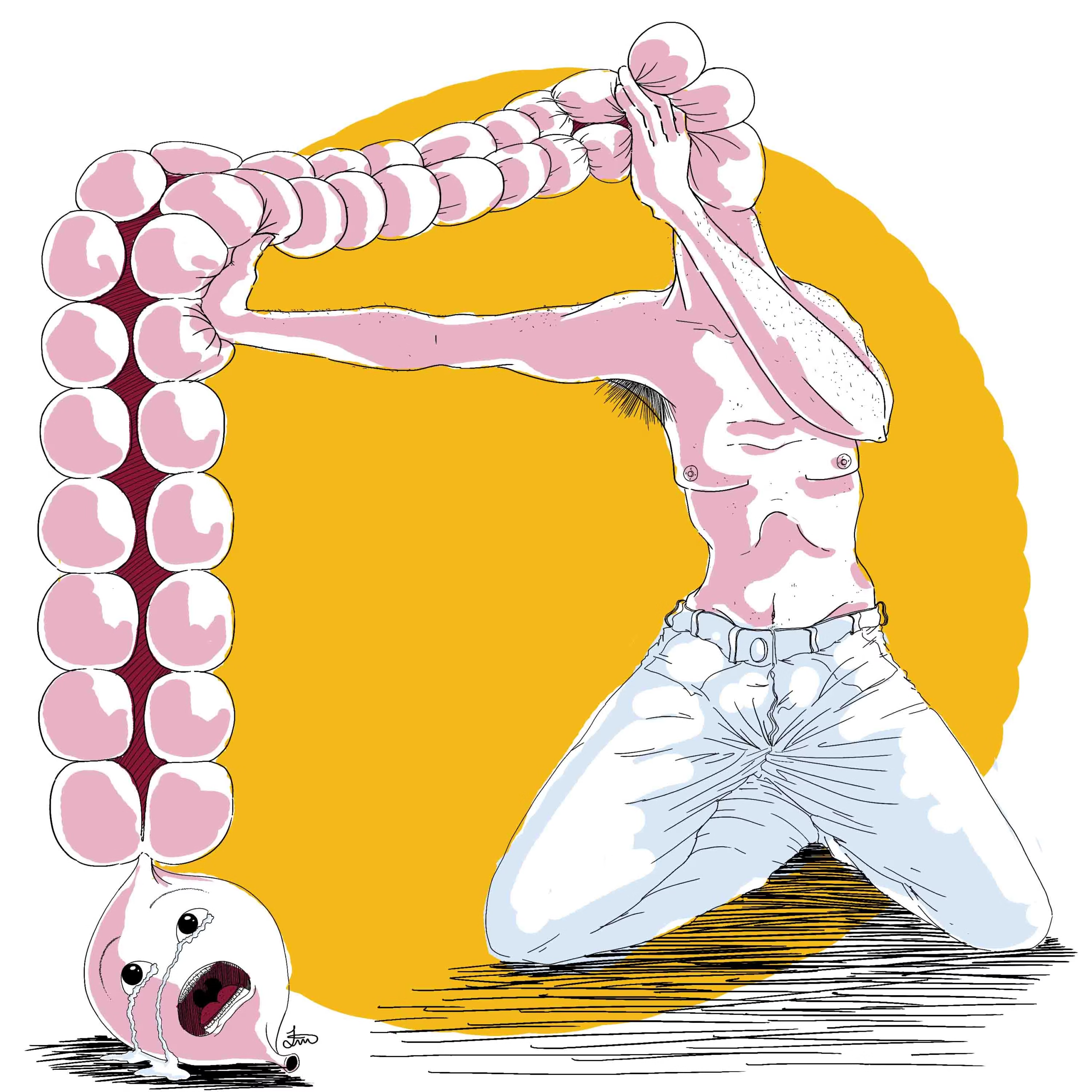

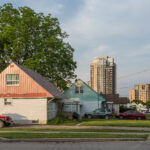

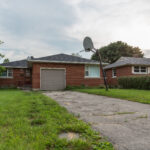
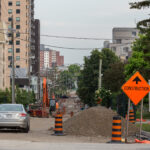

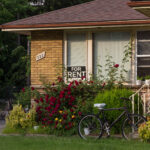
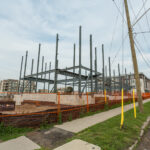

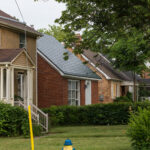

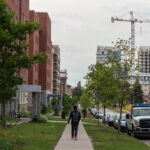

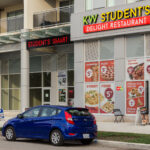

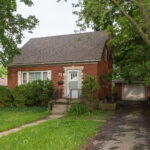

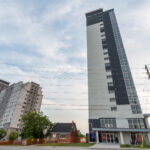
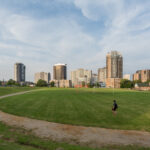

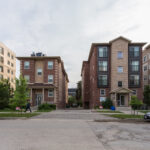
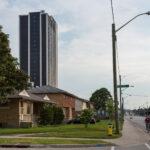
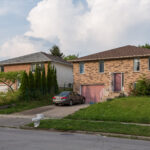
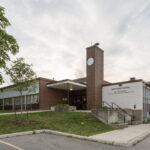

Leave a Reply